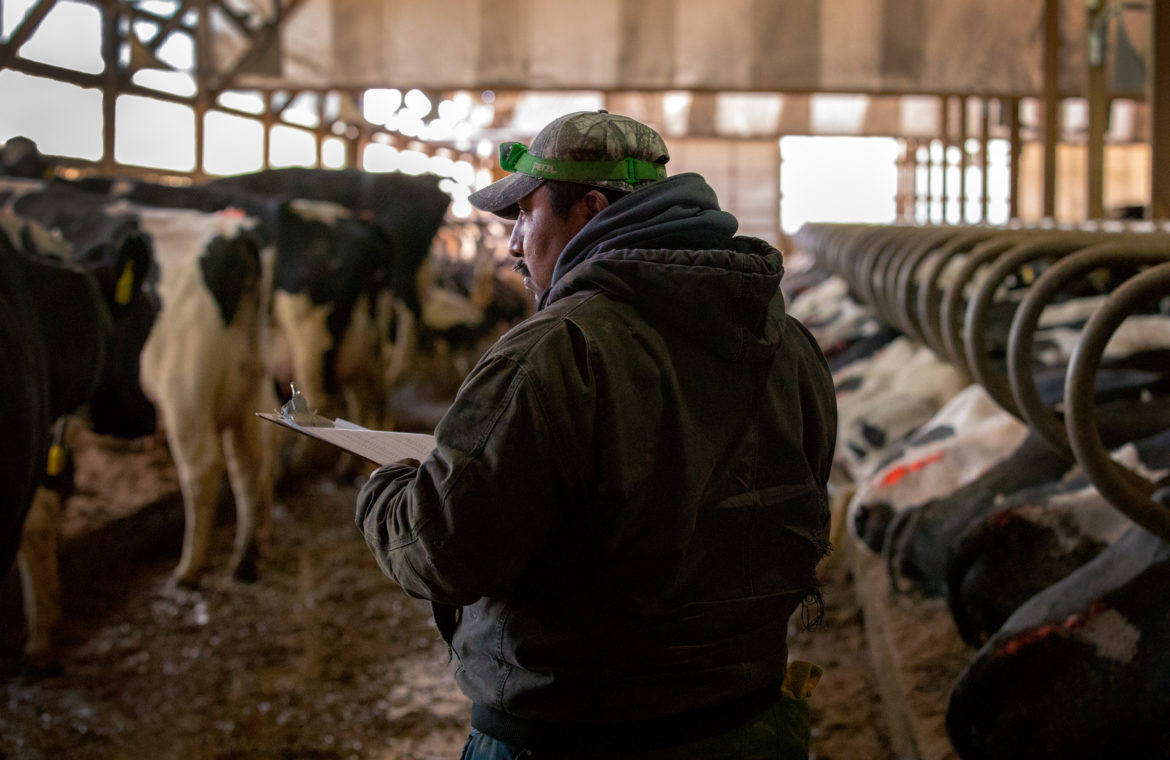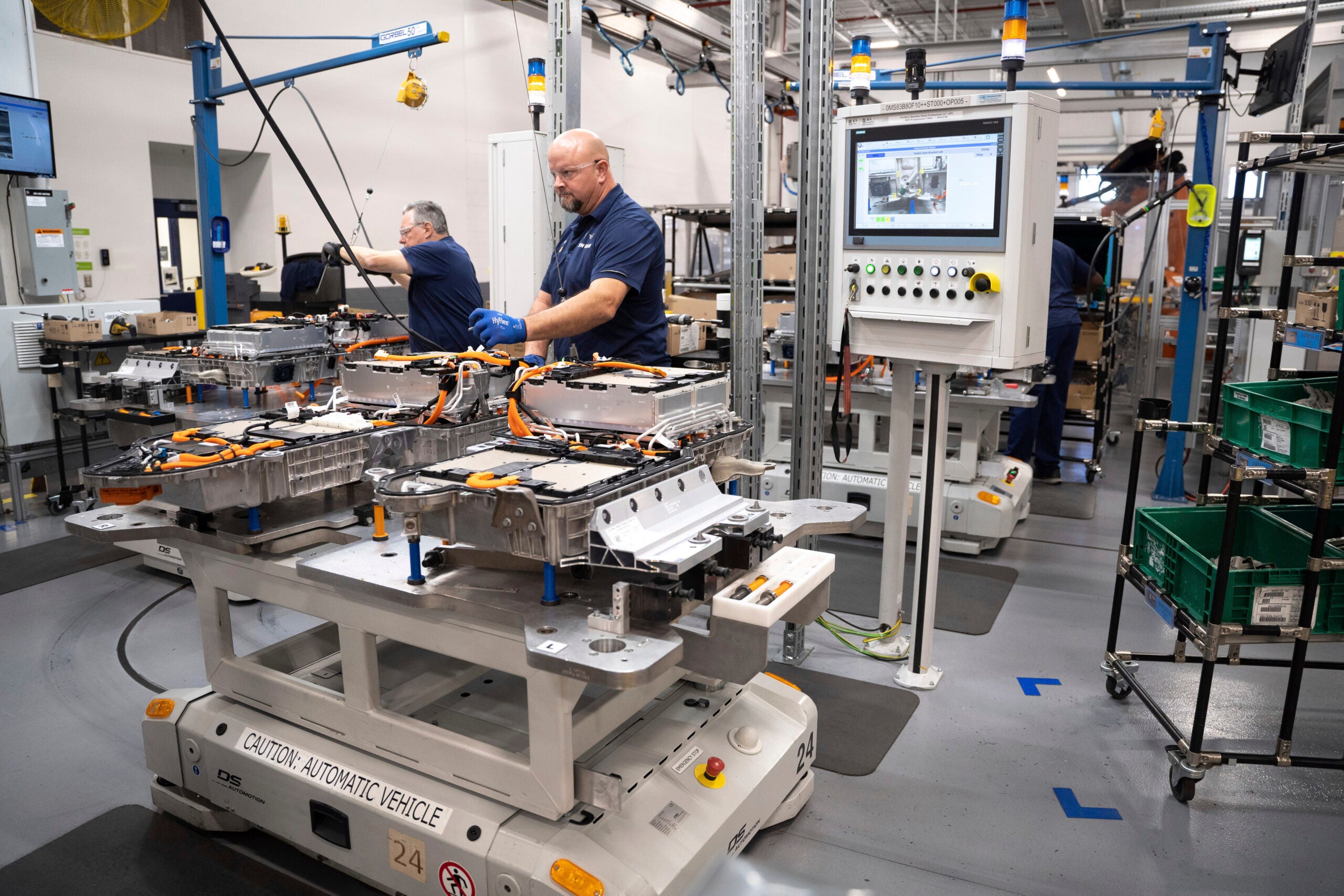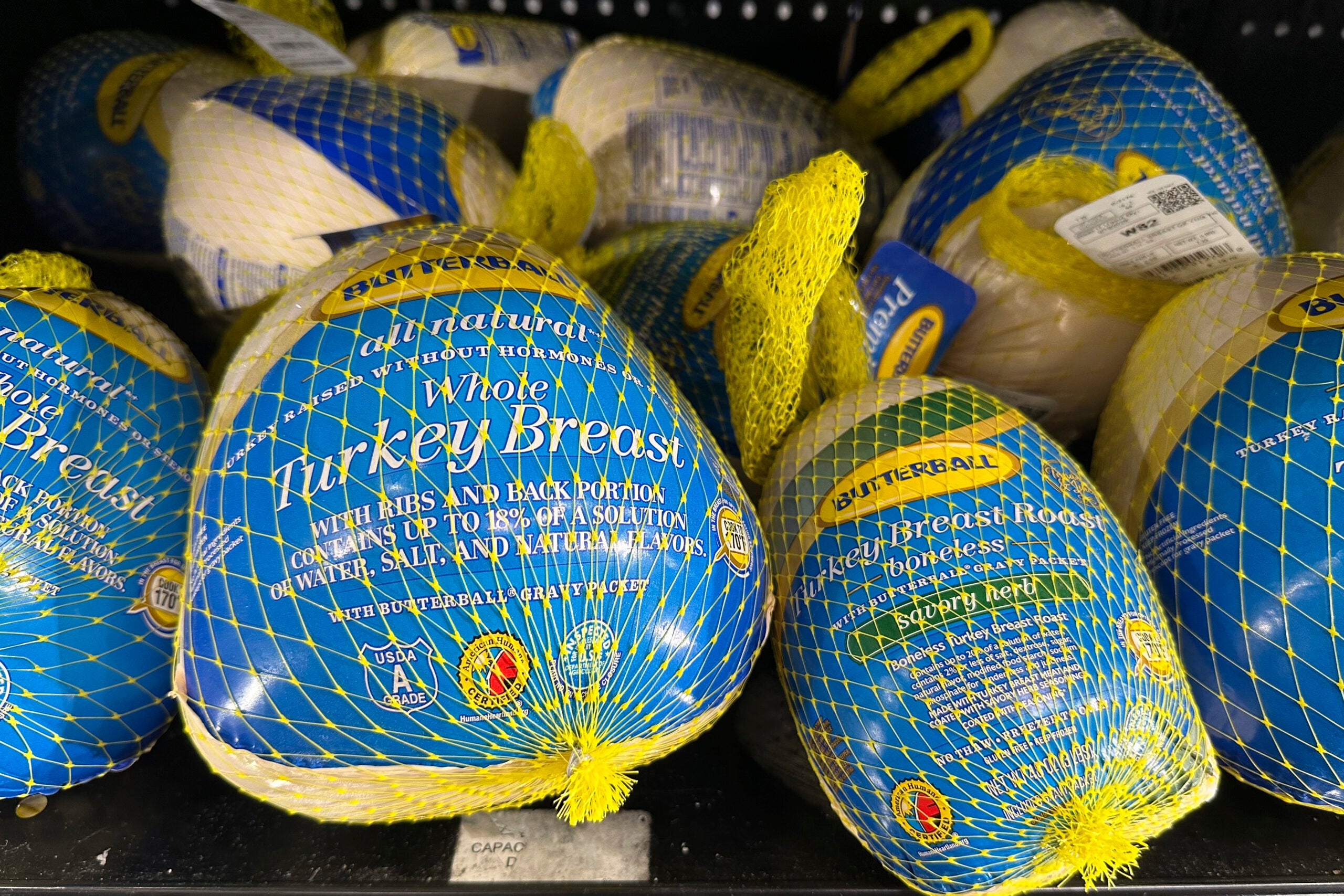As consumers deal with higher food prices at grocery stores, food industry experts warn the increases don’t always correlate to higher pay for Wisconsin farmers.
The U.S. Bureau of Labor Statistics reported last week that the Consumer Price Index, which measures national changes in the prices of goods paid by consumers, had risen 6.8 percent in the last year. That’s the largest 12-month increase since 1982.
The food at home index rose 6.4 percent during that period, the largest yearly increase since 2008. Meats and eggs had the biggest price growth, with the index for beef rising 20.9 percent over the 12-month period ending in November.
Stay informed on the latest news
Sign up for WPR’s email newsletter.
Jeff Sindelar is a meat specialist for the University of Wisconsin-Madison’s Division of Extension. He said most of the price increases have been in fresh meat products, with more processed items like hot dogs or lunch meat seeing small price growth or none at all.
But Sindelar said the meat industry is “too dynamic” to clearly point to the factor that is driving up prices.
He said farmers are facing increased costs to raise animals. But price changes are more likely to come from the processing companies, which have a greater influence on what consumers pay for products. Sindelar travels the state to work with all sizes of meat processors, and he said they’re seeing higher production costs, too.
“Regardless of where I go, I get the same response: they can’t hire enough people, they have open positions. When they’re trying to produce products, it’s taking them seven days to produce five days worth of product,” Sindelar said. “So 20 to 25 percent more resources to produce the same amount of product as they once did.”
Sindelar said consumers are also still buying more meat products at grocery stores than they did before the pandemic. It’s a phenomenon that occurred in 2020 when consumers heard about a potential shortage of meat after the largest processors in the country had COVID-19 outbreaks among their employees. That higher demand never subsided and has helped to drive up prices over the last year.
On the other end of the spectrum, Wisconsin’s most well-known food industry, dairy, has seen a more mild price increase in the last year.
The Bureau of Labor Statistics report shows the national index for dairy products had the smallest increase of all food at home groups, increasing 1.6 percent over the 12-month period ending in November.
Mark Stephenson, UW-Madison’s director of dairy policy analysis, said mixed market signals for dairy farmers could be keeping prices from increasing as rapidly as other food groups.
“Our future markets are showing that we would expect higher (commodity) prices over the next several months. But we’ve also had a few reports that are kind of pulling back on those reigns a little bit. One of them are the stocks reports,” Stephenson said.
Stock reports show how much cheese, butter and other semi-storable products are in cold storage around the U.S. Stephenson said there’s more American cheese in storage right now than the industry has seen in a long time. That would normally weigh down milk prices until the backlog is cleared. But butter stocks are below last year’s levels, helping to keep milk prices higher.
Unlike meat prices, Stephenson said increases in consumer dairy prices have a more direct impact on the price that farmers receive for their milk. The U.S. Department of Agriculture uses wholesale prices of cheese, butter and dried products to calculate a minimum price that processors have to pay farmers.
But Stephenson said it does depend on where in the supply chain the price increase is coming from.
“If most of that price movement happens above the wholesale level, for example at retail, then it doesn’t get captured in that survey and that’s something that could be missed in terms of reflecting that back to dairy farmers,” Stephenson said.
He said dairy farmers are also facing the same cost increases seen by livestock producers. And they’re dealing with the same uncertainty that every industry is experiencing when trying to figure out whether the current inflation rates will continue.
Stephenson said part of that uncertainty is because current inflation is being driven by the labor shortage and not from an increase in energy costs, which has been a more common driver of inflation in the past.
“Labor is the same (as energy); it’s an input source into absolutely everything that we do. So I do think this could be more persistent in terms of inflation,” Stephenson said. “That is going to make some decisions difficult for all kinds of people, from folks deciding whether they should go out to eat in a restaurant or what products they buy in a retail store, all the way down to farmers that are struggling with how much fertilizer they put on their corn or alfalfa this year.”
Sindelar said he also thinks higher food prices are here to stay, but consumers won’t truly know how much more they’re paying for their groceries until the COVID-19 pandemic is over.
Wisconsin Public Radio, © Copyright 2025, Board of Regents of the University of Wisconsin System and Wisconsin Educational Communications Board.





